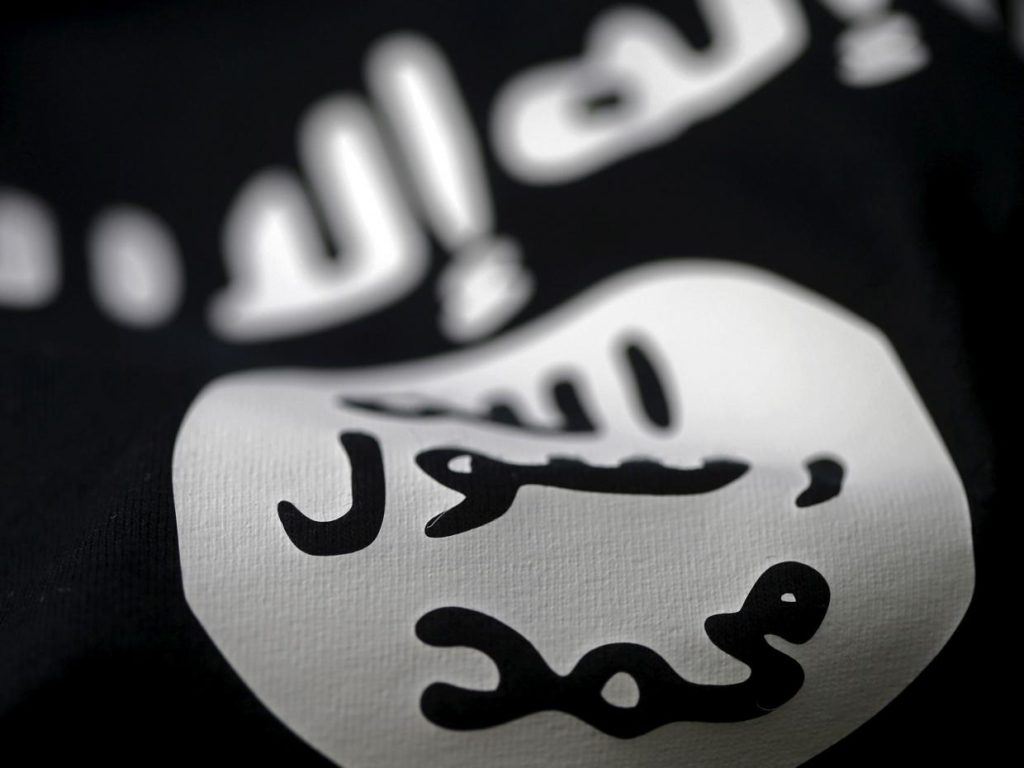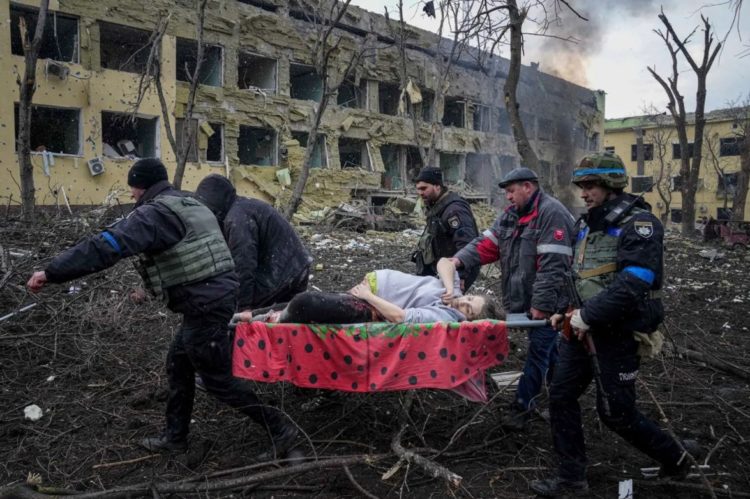The 21st century is witnessing destructive and devastating urban warfare the world thought they would never see again after the Second World War. Brutal house-to-house fighting has taken place in various theaters in Eastern Europe and Ukraine.
Already witnessing primordial house-to-house fighting in Fallujah, Iraq, in 2003, military analysts were shocked by the evolution of urban warfare. Battles such as Aleppo, Mosul, Mariupol, Bakhmut, and recently in Gaza changed the face of urban warfare forever, and the doctrine of such grueling fighting can be analyzed today.
Battle of Aleppo 2016
Aleppo is considered to be the critical strategic supply and economic hub of Syria, and due to this, the ancient city became one of the biggest battlegrounds of the Syrian Civil War. The first gunfire in the city erupted from the anti-Assad protests, which quickly spiraled into an all-out conflict.
At the onset of the all-out war, the rebels captured large swaths of Aleppo City, with most of the Syrian army retreating into the more fortified airbases and countryside. Nevertheless, various factions and Islamist terrorist organizations, such as al-Nusra and ISIS, interdicted power at the worst possible moment as Russia formally intervened in 2015.
Using a scorched Earth aerial campaign and isolating pockets of rebel resistance through brutal siege tactics, the Battle of Aleppo decisively turned in Assad’s favor. Whatever rebels that weren’t outright killed were evacuated under a deal to Idlib province. Some would later join the Turkish-backed Syrian National Army, while the others remain in the near-surrounded Idlib province to this day.
Battle of Mosul 2017
The Battle of Mosul marked the downfall of ISIS’ reign of terror. Mosul, Iraq’s second biggest city, was captured in a lightning advance by the terror organization in 2014, and then “caliph,” Abu Bakr al-Baghdadi, declared an Islamic state at Mosul’s historical mosque.
To truly decapitate the group and revitalize Iraq’s economy, Mosul needed to be liberated. US-led coalition forces amassed a large Iraqi army, which was supported by Kurdish militias and Shiite militias. As Mosul is a majority Sunni Muslim city, the Kurds were tasked with the outskirt mop-up operations, and the Iraqi army instead fought in the town so as not to inflame sectarian tensions.
The battle was grueling, with ISIS holding stiff resistance and thousands of traps, mines, suicide bombers, and militants dressing as civilians, hampering coalition progress. Ultimately, after eight months, Mosul was cleared of ISIS militants, with upwards of 10,000 fighters killed and 6-10,000 civilian casualties.
The coalition offensive and harrowing ISIS occupation still ravage Mosul. Iraqi medical examiners continue to find mines and bodies in 2023, with reconstruction still ongoing.

Battle of Mariupol 2022
Mariupol is a highly strategic city which lies south of Donetsk Oblast. Due to the city’s valuable ports, the Kremlin has always eyed the town. Russian proxy forces, led by FSB and GRU officers, initially captured the city in 2014 before a brazen Ukrainian counteroffensive retook it.
During the first few weeks of Russia’s total war against Ukraine, Mariupol once again became a major priority for Moscow. During the 2022 full-fledged invasion, the port city was heavily pressured by multiple fronts from the south, east, and north as the Black Sea Fleet and Russian aviation indiscriminately bombed the town.
Ultimately, Russia would succeed in besieging Mariupol, but the defenders, such as the Ukrainian Marines and Azov Battalion, did not go down without a fight. The Ukrainian Armed Forces attempted to supplement supplies into the defenders as they became besieged in the Azovstal Steel Plant. Many who took up the mission knew it was a one-way mission, but still did their duty heroically.
Despite Russia ultimately capturing the city as Ukrainian commanders ordered the Azovstal defenders to stand down, the victory came at a high price for Moscow. The Battle of Mariupol and the lengthy holdout of the Azovstal defenders gave Kyiv the time it needed when Russia could not afford to overextend troops to other theaters in the north.
Today, Mariupol is littered with mass graves, and the civilian death toll could be as low as 25,000 and upwards of 100,000 whenever the city is liberated, and independent monitors can verify the casualties.

Battle of Bakhmut 2023
The Battle of Bakhmut is the most talked about military engagement of Russia’s invasion of Ukraine. Spending over nine months fighting for the city, the Wagner Group, supplemented by Russian paratroopers (VDV) elements, fought grueling combat against the Ukrainian Armed Forces.
The battle was for attrition as Wagner recruited heavily from Russian prisons and sent near-endless human wave frontal assaults to exhaust Ukrainian logistics and scope out Kyiv’s artillery positions for counterbattery fire. Bakhmut would resemble Ardennes from WWI in its grueling trench fighting.
Wagner would slowly close in during the battle with great personal slights and anger at the Russian Ministry of Defense for allegedly not supplementing the mercenaries enough. Nevertheless, Wagner persisted, and inner conflicts emerged in Ukraine’s leadership on whether it was worth defending Bakhmut for so long.
Eventually, President Zelensky ordered Ukrainian forces to withdraw to the more fortified heights of Chasiv Yar and Wagner, and the VDV would consolidate positions around the city. Even though the town fell to Russian forces, the inner conflict between Wagner and the MOD would boil over into a failed mutiny that shocked the world and would ultimately lead to the assassinations of the group’s leadership.
Battle of Gaza 2023
On October 7th, 2023, Hamas conducted a bold and brutal terrorist attack, killing at least 1200 Israelis and foreigners and firing off 5000 rockets in one day. In the immediate aftermath, Israel declared war for the first time in 50 years and ignited a scathing aerial campaign on the Gaza Strip to set the stage for a ground invasion.
The ground invasion is ongoing with perilous close-quarters combat reminiscent of Mosul, Fallujah, and Mariupol. Even with Israel inflicting heavy losses on Hamas commanders, the actual fight is hampered due to hostages and the terror tunnels.
After a month of a relentless ground assault, the Biden administration, along with Egypt and Qatar, was able to negotiate a temporary truce to allow Israeli hostages to be released in return for Palestinian “political prisoners,” some of whom have been caught and convicted in acts of terrorism, such as failed suicide bomber, Israa Jaabees.
Nevertheless, Israel’s Defense Minister and Prime Minister both state objectives have not yet been completed, and the war will most likely continue. As large areas of Gaza remain under Hamas’ control, there will be tremendous combat ahead in the Strip.
Urban combat remains one of the deadliest forms of warfare today, and now, in the 2020s, the world is once again witnessing close-quarters combat we thought we would never see again after the 2003 invasion of Iraq and the Vietnam War.










COMMENTS
You must become a subscriber or login to view or post comments on this article.